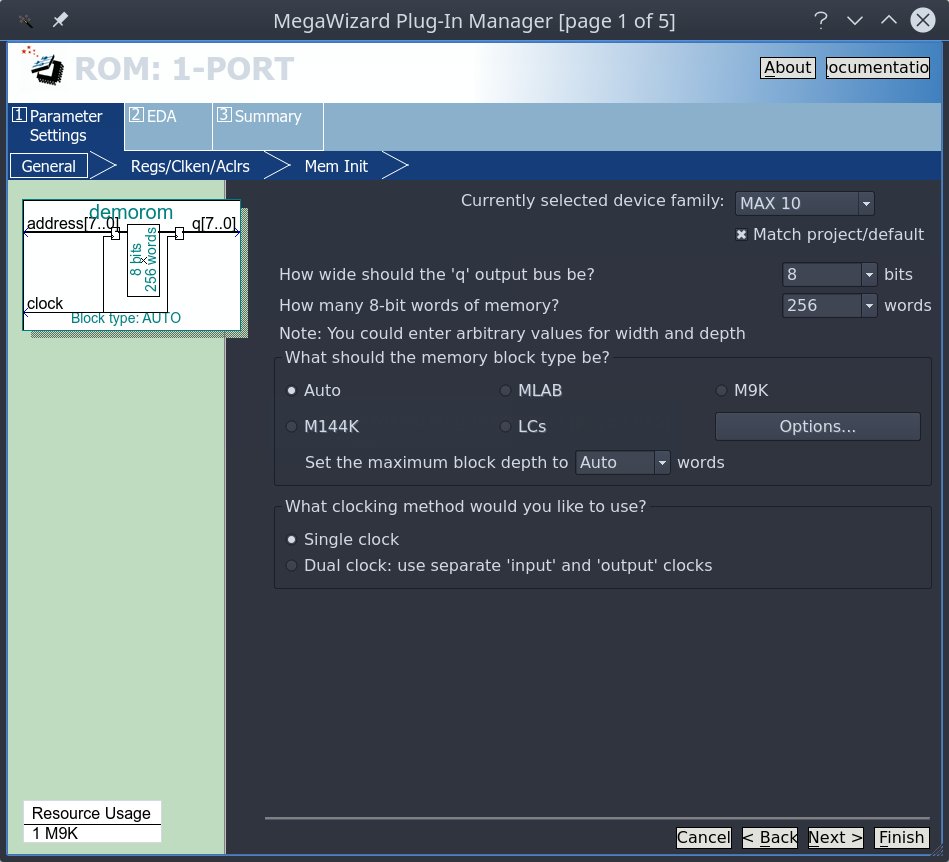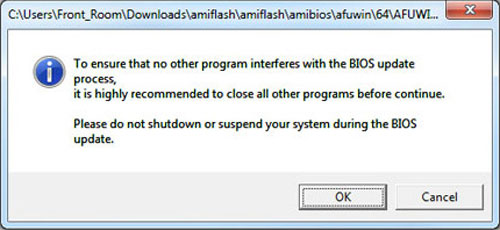
- #Ami rom file doesnt exist how to
- #Ami rom file doesnt exist update
- #Ami rom file doesnt exist full
- #Ami rom file doesnt exist download
#Ami rom file doesnt exist full
I also corrupted one of my laptop systems once, but I had a full image of my SSD thanks to CloneZilla. In finding the "right procedure" for my physical systems, I corrupted the test virtual machine I was using a few times. Being a tinkerer and a Linux user, I set out to research the issue, and the solution turned out to be not too difficult and would only require about five minutes once you've determined what to do. I was stuck with a master boot record (MBR) formatted SSD (Legacy BIOS) and a machine that would only boot in UEFI mode. Months later, a new portable Xeon-based workstation made its way into our home, and again that beast would only do UEFI. No legacy booting of any kind (except on external USB sticks). Then, 2020 came, and a brand new laptop showed up with UEFI only. On my personal systems, I simply ignored the UEFI problem and kept enabling Legacy BIOS on any fresh new machine I would obtain so I could boot my Linux OS without giving it a second thought. This includes almost any firmware, even add-on cards.

UEFI wanted to evict the BIOS so its predecessors would no longer shame the PC.įor UEFI technology to be widely adopted, manufacturers opted to make it optional/selectable from the machine's firmware: Do you want to boot in Legacy BIOS or UEFI mode? Over the course of the next ten years, UEFI slowly pushed Legacy BIOS out and became the default mode for machines shipped by manufacturers. People with SPARC or PowerPC Mac systems with OpenBoot PROM (OBP)/OpenFirmware had already experienced the future many years before. When Unified Extensible Firmware Interface (UEFI) was introduced in the early 2000s, it was designed to replace PC (Basic Input/Output System) BIOS and provide x86 users with something more technologically advanced.


#Ami rom file doesnt exist download
Download RHEL 9 at no charge through the Red Hat Developer program.The big caveat or the ten years of advanced warning UEFI gave us
#Ami rom file doesnt exist how to
This article describes how to move a Linux install from one piece of hardware, in this case, an older laptop, to a newer one.

The problem is that it's not as simple as pulling your hard drive from an old system and popping it into a new one and expecting everything to work as desired. But it turns out that's a disaster waiting to happen because of hardware differences between the new and old systems. When I switch systems, I like to take my operating system with me and expect it to boot on the new machine. There are many ways to maintain a system and I usually prefer some investigative debugging rather than wiping and hoping for the best.įor this reason, systems like my work laptop might have started their life a long time ago (Fedora 22 on an i7-based 4th generation laptop) and have by now seen three hardware refreshes, several solid state drive (SSD) upgrades, and many Fedora updates (I currently use Fedora 32). I just don't subscribe to this point of view. Some people, often using other platforms, prefer a good once-a-year wipe and reinstall to regain the original speed of their systems.
#Ami rom file doesnt exist update
I find it a complete waste of my time for something that should just update in place. I don't know about you but I don't like to reinstall my operating system.


 0 kommentar(er)
0 kommentar(er)
